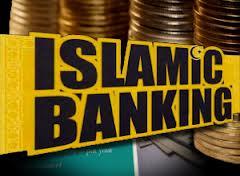Pakistan Islamic Banks Maintain Growth

However, concentration of its financing in a few sectors and the limited expansion of network to second- and third-tier cities remain some of the major challenges faced by the industry, the Islamic Banking Bulletin, released by the State Bank of Pakistan (SBP) on Friday, revealed.
More than 56 percent of Islamic banking branch network (outreach) is still limited to only five big cities: Karachi; Lahore; Quetta; Peshawar and Islamabad.
A total of 46 additional branches were added to Islamic banking branch network during July to September 2013.
The bulletin also revealed that the assets of the Islamic banking industry grew by 2.7 percent to reach Rs926 billion by the end of September from Rs903 billion in the previous quarter. The investments and financing enhanced the assets.
The deposits rose to Rs775 billion between July and September from Rs771 billion in the same quarter last fiscal year. “Profitability of the Islamic banking industry reached over Rs6.8 billion from Rs4.3 billion by the end of June, though still lower as compared to Rs7.7 billion in September 2012,” it showed.
Among the performance indicators, return on assets and equity both witnessed an increase during the quarter under review.
Likewise, nonperforming financing went up by 1.6 percent during July-September quarter and reached Rs19.7 billion, thereby, resulting in an increase in the provisions, it added.
Investments stood at Rs445 billion, while the Islamic financing came at Rs266 billion. “The growth in investment has slowed down since March, mainly due to non-issuance of any new Ijara Sukuk that has generally been the key investment option,” the bulletin showed.
The assets of Islamic banking grew by 2.7 percent, while those of Islamic banking divisions by 2.3 percent. Assets of IBs constitute 64 percent of overall assets of IBI with the remaining 36 percent assets being contributed by IBDs.
Source: The News



